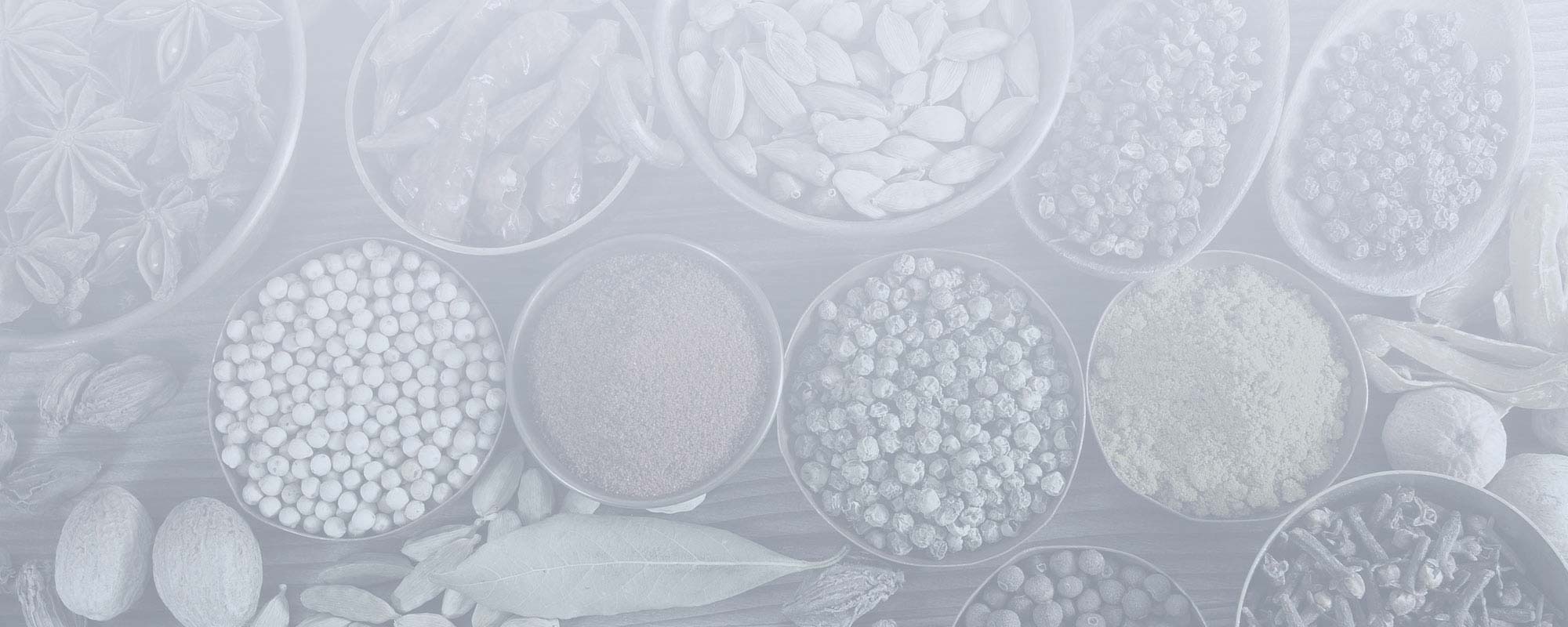On June 14, 2018 FDA published two guidance documents on dietary fiber. “Dietary fiber” was not defined per se prior to the publication of the revised nutrition labeling regulations of 2016. The 2016 definition for dietary fiber has two parts. First, it includes “non-digestible soluble and insoluble carbohydrates (with 3 or more monomeric units), and lignin that are intrinsic and intact in plants. This part of the definition includes the fiber found in whole grains, fruits, vegetables, nuts and seeds along with fibers in food ingredients that have been mechanically processed, chopped or ground for instance, but not chemically derived or isolated. Examples of mechanically processed fibers include
- Cereal bran (oat, rice, wheat, etc.)
- Cocoa powder
- Fruit & Vegetable purees
- Some isolated plant proteins*
*In the 2016 final rule FDA pointed out that plant cell wall fibers, cellulose and pectin, as well as lignin, are present in de-hulled soybeans that are used for producing soy protein concentrates.
The second part of FDA’s definition of dietary fiber includes “isolated or synthetic non-digestible carbohydrates (with 3 or more monomeric units) determined by FDA to have physiological effects that are beneficial to human health.” These recognized physiological effects are:
- Lowering blood glucose and cholesterol levels
- Lowering blood pressure
- Improved laxation and bowel function
- Increased mineral absorption in the intestinal tract
- Reduced energy intake (for example, due to the fiber promoting a feeling of fullness).
- Other physiological endpoints could be added to the complete list if scientific evidence exists to support their inclusion.
Only seven isolated or synthetic fibers were recognized as having physiological benefits when the updated regulations on nutrition labeling were published in 2016:
- Beta-glucan soluble fiber
- Psyllium husk
- Cellulose
- Guar gum
- Pectin
- Locust bean gum
- Hydroxypropylmethylcellulose.
The June 14, 2018 guidance document on declaring dietary fiber in nutrition and supplement facts panels is in response to citizen petitions regarding dietary fiber. FDA reviewed the data submitted in the petitions and is proposing that eight more isolated or synthetic non-digestible carbohydrates be added to the list of “dietary fibers”. The guidance explains that the rule making process must still occur but that during that period, the agency will exercise enforcement discretion, effectively allowing immediate use of the eight newly-approved dietary fibers in food and supplement products. This no doubt made many food and dietary supplement companies very happy since it restored several commonly used fibers to inclusion in nutrition and supplement facts panel declarations of dietary fiber.
The eight fibers subject to this enforcement discretion are:
- Arabinoxylan;
- Alginate;
- Inulin and inulin-type fructans;
- High amylose starch (resistant starch 2);
- Galactooligosaccharide;
- Polydextrose;
- Resistant maltodextrin/dextrin
- Mixed plant cell wall fibers.
“Mixed plant cell wall fibers” refers to ingredients that contain two or more of the following plant cell wall fibers in varying proportions: cellulose; pectin; lignin; beta-glucan; and arabinoxylan. Mixed plant cell wall fibers can be obtained from food sources that have undergone other processing. FDA provided a list of some mixed plant cell wall fiber sources in a foot note in a second guidance document also published on June 14th: “Review of the Scientific Evidence on the Physiological Effects of Certain Non-Digestible Carbohydrates‘. The footnote states, “While not an exhaustive list, examples of mixed plant cell wall fibers that we have identified are apple fibers, bamboo fibers, barley fibers, carrot fibers, citrus fibers, cocoa fibers, corn fibers (e.g., corn hull fiber), cotton seed fibers, oat fibers (e.g., oat hull fiber), pea fibers (e.g., pea hull fiber, pea seed coat fiber, inner cotyledon pea fiber), rice bran fibers, soy fibers (e.g., soy hull fiber, soy polysaccharide, soy cotyledon fiber), sugar beet fibers, sugar cane fibers, and wheat fibers.”
When declaring dietary fiber in nutrition or supplement facts panels, keep in mind that there are recordkeeping requirements as part of this regulation. Other nutrients such added sugars, vitamin E and folate are also subject to recordkeeping requirements when they are declared in nutrition or supplement facts panels. The fiber recordkeeping requirements are detailed in the regulations as follows:
21 CFR 101.9(g)(10) The manufacturer must make and keep written records (e.g., analyses of databases, recipes, formulations, information from recipes or formulations, or batch records) to verify the declared amount of that nutrient on the Nutrition Facts label as follows:
(i) When a mixture of dietary fiber, and added non-digestible carbohydrate(s) that does not meet the definition of dietary fiber, is present in the food, a manufacturer must make and keep written records of the amount of non-digestible carbohydrate(s) added to the food that does not meet the definition of dietary fiber .
(ii) When a mixture of soluble fiber and added non-digestible carbohydrate(s) that does not meet the definition of dietary fiber is present in the food, a manufacturer must make and keep written records necessary to verify the amount of the non-digestible carbohydrate(s) added to the food that does not meet the definition of dietary fiber.
(iii) When a mixture of insoluble fiber and added non-digestible carbohydrate(s) that does not meet the definition of dietary fiber is present in the food, a manufacturer must make and keep written records necessary to verify the amount of the non-digestible carbohydrate(s) added to the food that does not meet the definition of dietary fiber.
Here’s hoping that this post gave you something to chew on that will keep things moving smoothly for your business. Be sure to contact us with any questions!



